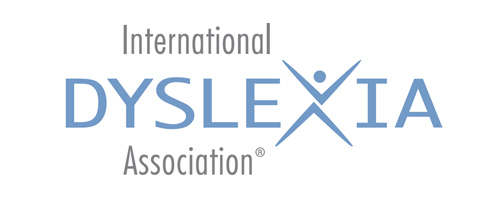State Laws and Guidelines: HB 230 and SB 398
Knowing your state’s laws that govern support for students with dyslexia is critical for both the educator and parent. In 2010, New Mexico passed HB 230, a law that requires school districts to recognize dyslexia as a Specific Learning Disability, which means educating (1) diagnosticians to recognize dyslexia’s characteristics and (2) educators to receive training in how to prevent and/or remediate dyslexia. This law led to the inclusion of dyslexia in the NM TEAMS Manual in July 2011, a manual that set guidelines for diagnosticians and was updated in 2017. See the Differential Diagnosis for Dyslexia on pages 297-298.
In 2019, New Mexico’s Legislatures passed Senate Bill 398, the Early Intervention bill that states all school districts must screen first graders for the characteristics of dyslexia, and then provide an appropriate and effective intervention that follows the knowledge and practice standards of Structured Literacy.
In 2020, New Mexico Public Education Department developed a Dyslexia Handbook. This tool may support educators in understanding the characteristics and effects of dyslexia as well as effective instruction for students with dyslexia.
Additionally, the Texas Education Agency is a comprehensive reference for all those living in Texas. While its guidelines relate only to residents of Texas, the breadth of information in this handbook makes it invaluable to all.
Since all testing for Special Education services is based on the Response to Intervention model established by the Re-Authorization of the Individuals with Disabilities Education Act (IDEA-2004), the NM RTI Manual is included on this website. This manual is general in its explanation – not specific to dyslexia – but it’s a good introduction to the RTI process.
Additionally, the New Mexico Multi-Layered System of Supports (MLSS) manual updates the instructional framework and guidance on the statutorily mandated (NMSA 22-13-32) response to intervention process in New Mexico to be more comprehensive, target features of implementation, and to include resources available at each layer of support.
Finally, the MLSS SAT Supplemental manual provides guidance on the Student Assistance Team (SAT) process and the provision of high-quality instruction and interventions. This manual can help teachers meet the needs of students by detailing the approach to interventions and the movement between universal and targeted interventions. This manual also addresses targeted and intensive interventions to provide for a greater impact on student achievement and well-being.
Share this page with your friends…

